Located halfway between Hua Hin and Cha Am, Marukhathaiyawan Palace was built in 1923 as a summer residence for King Rama VI (King Vajiravudh). With sea views and shady gardens to enjoy, it’s not difficult to imagine why King Rama VI would want to spend the hot season here away from the sultry excesses of a Bangkok summer.
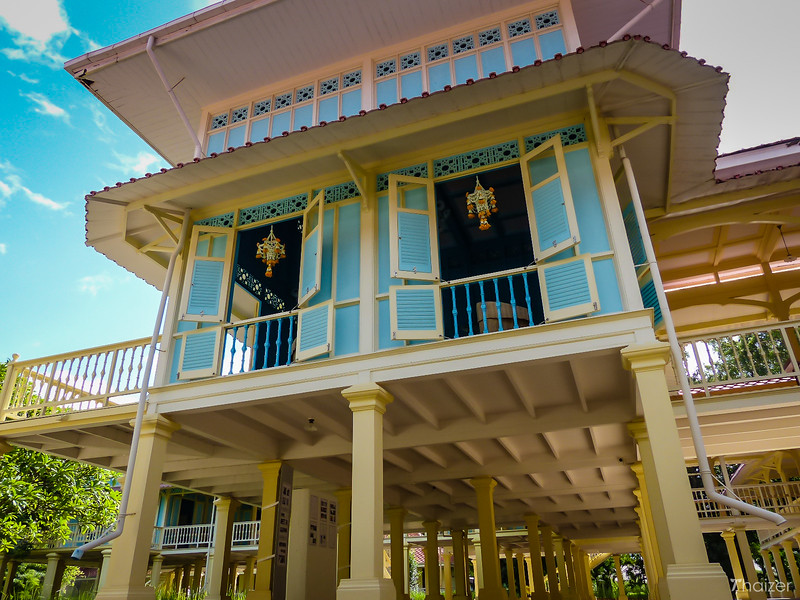
King Vajiravudh took a hands-on role in the design of his summer residence, also known as the ‘Palace of Love and Hope’. An Italian architect, Ercole Manfredi, finalised the plans for the elegant palace which consists of a series of pastel-coloured teakwood buildings elevated on concrete pillars and linked by open-sided interconnecting walkways.
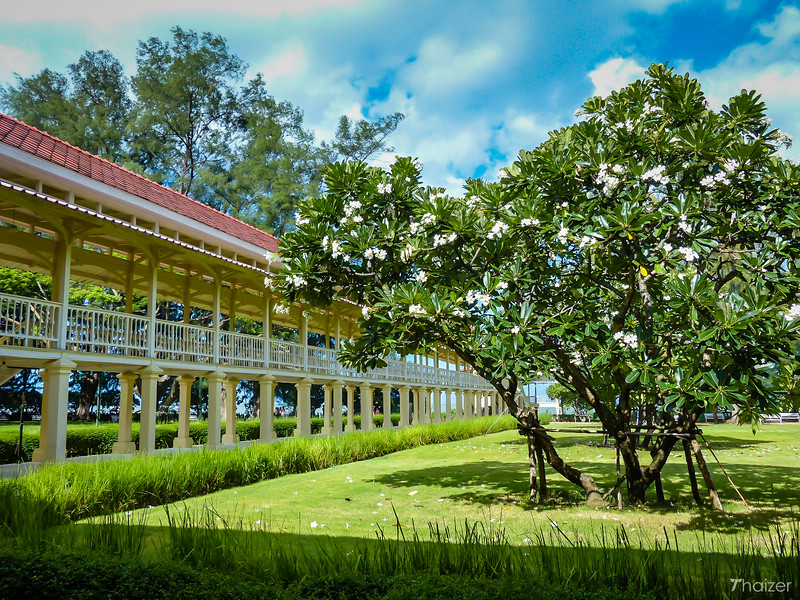
This area of Thailand has an association with Thai royalty dating back to the era when the southern railway was constructed from Bangkok to Hua Hin. Following the death of King Rama VI, the building was not used and it was decades later before the structures were renovated and the gardens restored to their former glories. Some work is ongoing and there are a few areas with restricted access to the public.
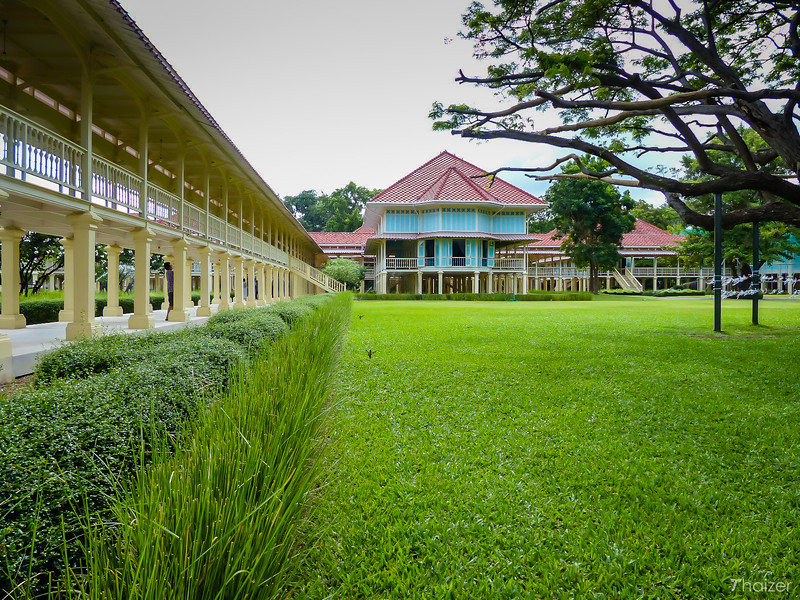
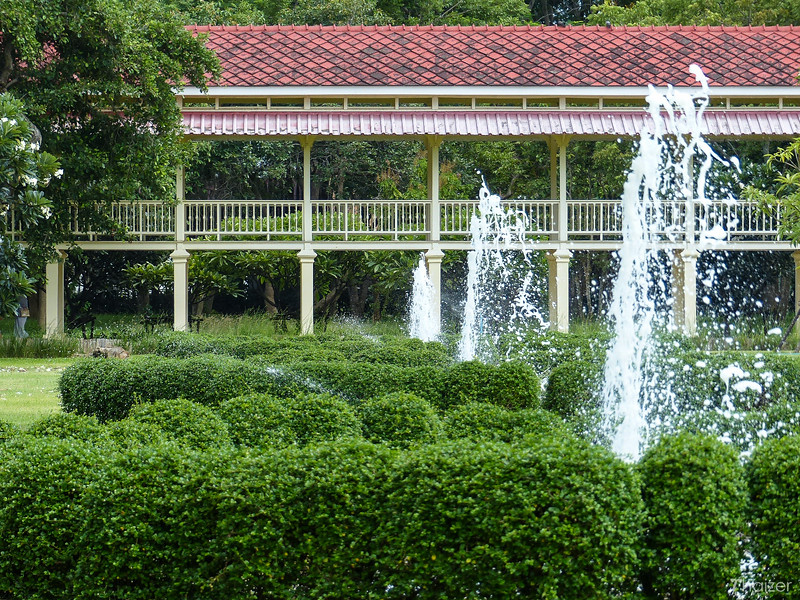
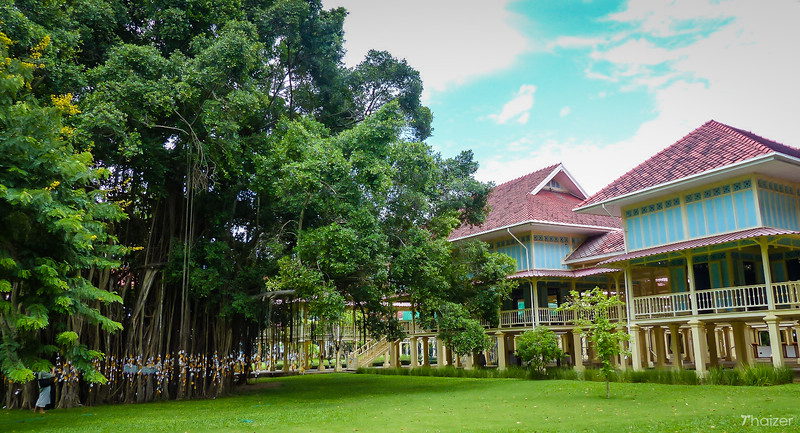
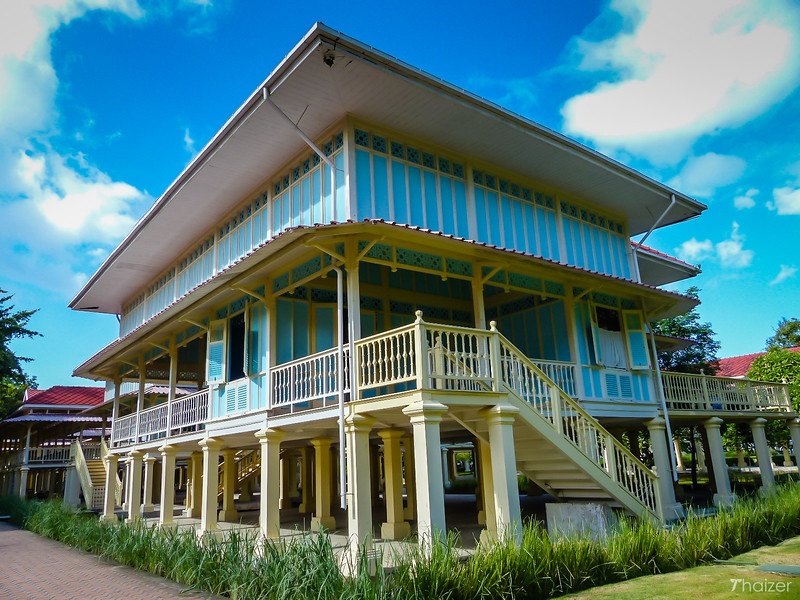
On one of the teakwood pavilions that faces the sea there is a metal cross on top (see photos below) but this is not a religious sign. Instead, this is where coloured lanterns were hung to indicate whether the king was in residence or not.
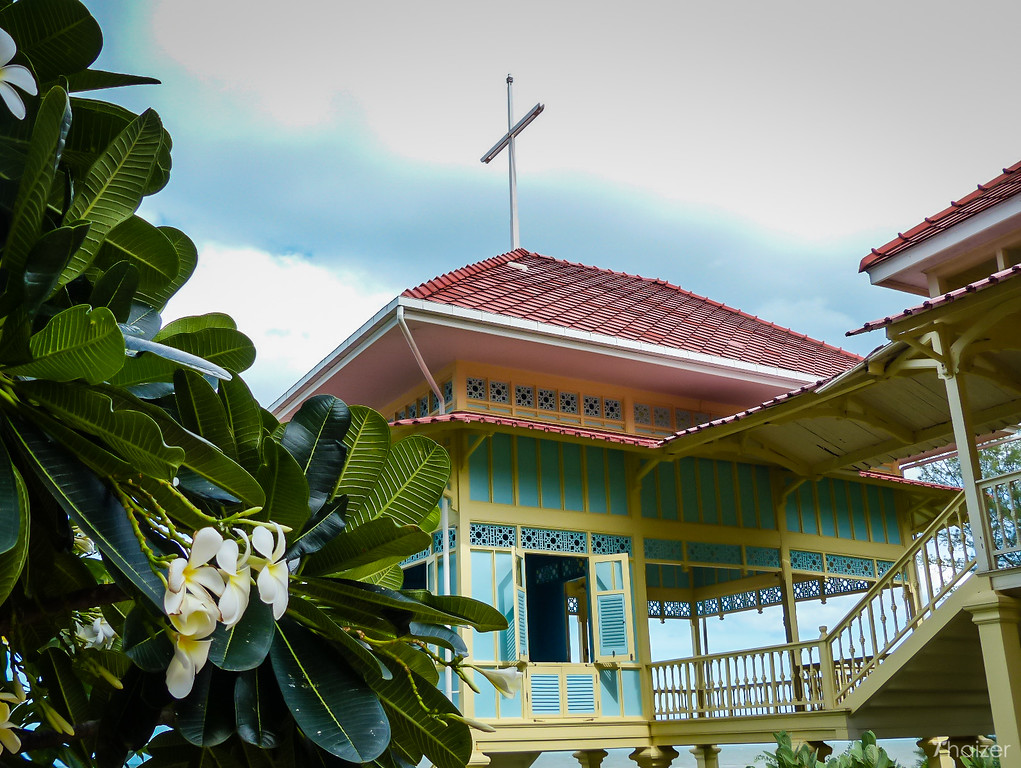
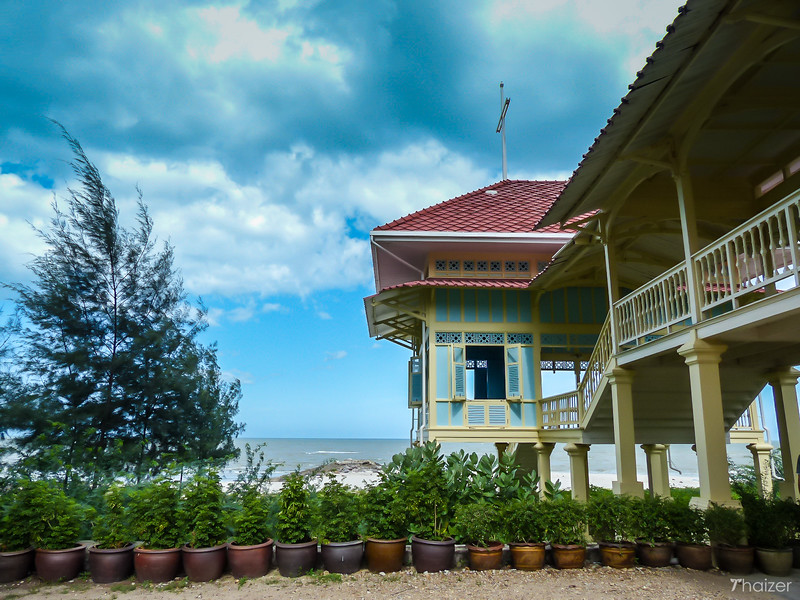
Marukhathaiyawan Palace is open daily (closed Wednesday) from 08.00-16.00. Combined entrance fee to the grounds and palace is currently 60 Baht for adults.
The palace is located within the grounds of the King Rama VI Army Camp (Phraratchaniwet Camp) and there are a number of shops and restaurants here for refreshments. If you don’t have your own transport, taxis or tuk-tuks can easily be arranged in Hua Hin or Cha Am. Local buses do ply the route between Cha Am and Hua Hin and will stop (on request) to set down or pick up passengers on the main Phetkasem Road, but you’ll need to cross the busy road and walk the remainder of the way (2km) to the army camp. You will go through an army checkpoint, but don’t worry because everybody has to! I’m all for using cheap transport and/or walking, but in this instance I think it’s worth spending the extra money to hire a taxi or tuk-tuk for a few hours and have them take you there and back.
At shops near the car park, visitors can hire bicycles and tandems to explore the area further. With a nature trail and replanted mangrove swamp it’s a pleasant bike ride and one where you are likely to see more Thai tourists than foreign ones.
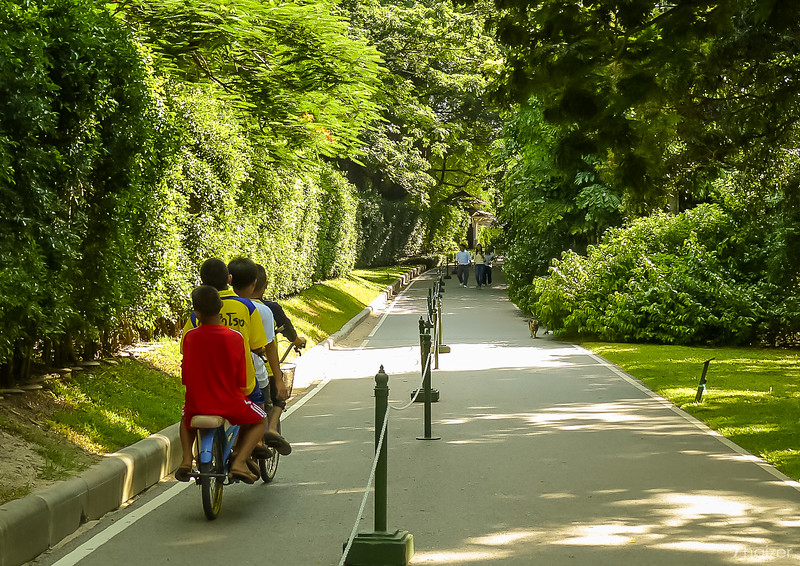
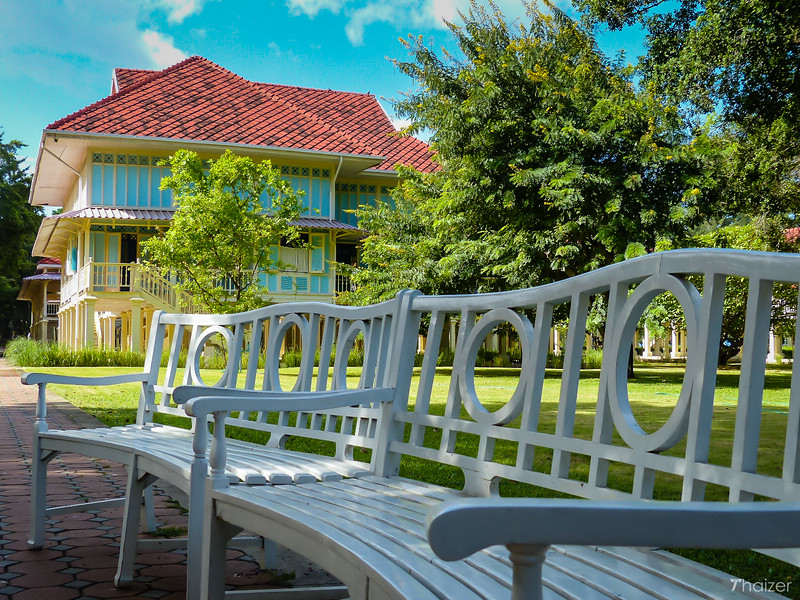
Although this residence is no longer used by royalty, there are rules of etiquette in place and visitors should cover their knees and shoulders. Sarongs are available for hire (returnable deposit) for those caught out by the dress requirements. When going upstairs to enter the palace buildings, visitors need to remove shoes. Signs in Thai and English also politely ask you to ‘walk gently’ on the wooden floors. Photography is allowed within the grounds of the palace but is prohibited inside the main buildings.